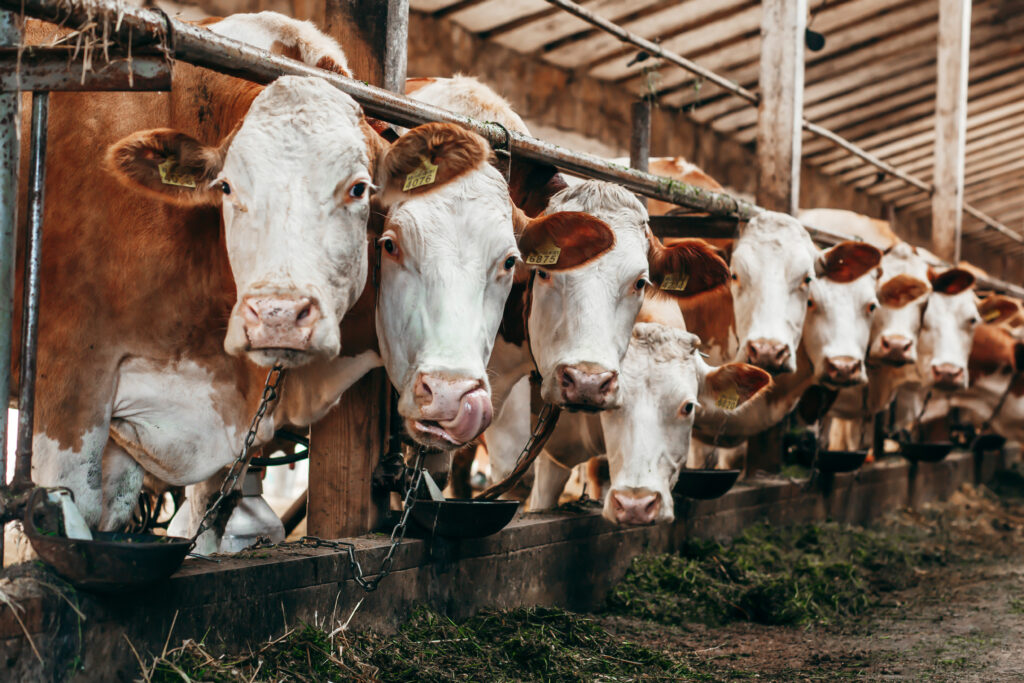A new study has indicated that adding climate impact labels to menus can inspire people to choose environmentally-superior alternatives to red meat.
Researchers completed clinical trials, observing the ordering habits of 5,049 adult volunteers in the US.
Each were asked to picture themselves looking at a menu in a fast food restaurant. They were then told to choose the item that they found most appealing. Dishes included beef, chicken, and fish, alongside plant-based protein options and salads.
To identify the effectiveness of menu labeling, participants were split into three groups. One was given a control menu with QR labels printed next to each dish. Another used green accents to denote low-impact choices. Finally, one menu used red highlights to identify high-impact foods, such as beef.
In the study’s report, published in the peer-reviewed medical journal JAMA, findings showed that the colored accents proved most influential. Specifically, the red-annotated menu was deemed most effective in preventing orders of climate-affecting foods.
“These findings suggest that climate impact menu labels may be an effective strategy to promote more sustainable restaurant food choices and that labels highlighting high–climate impact items may be most effective,” the report concluded.

Climate knowledge affects food preferences
Participants shown the menu with red impact labels were found to be 23 percent more likely to choose what they perceived as a more responsible and sustainable meal. This is when compared to those in the control group.
Similarly, those shown green-annotated menus were also shown to select more planet-healthy meals. However, only 10 percent more likely, making the negative food spotlighting a far more effective technique.
Discussing the findings, the study’s lead author, Julia Wolfson, an associate professor at the Johns Hopkins Bloomberg School of Public Health in Baltimore, identified the potential for positive change.
Wolfson also notes that for the practice of adding climate impact labels to food to become really effective, “legislation or regulation may be necessary.” However, she does not assume that the labeling model used in the study is the only design that will work.
“Other future research could be required to investigate different design options that may have a higher impact still using that positively framed label,” she said.
This would shift consumer motivation from being, seemingly, guilt-driven to more of an educated choice.
Growing awareness of the effectiveness of impact labeling
Last year, a comparable study was completed. It also concluded that impact labeling on menus encouraged diners to choose sustainable dishes.
In this instance, menu items were labeled as low, medium, or high emission options. The majority of the 250 participants chose to avoid the latter.
The study also highlighted the correlation between plant-based foods and lower overall carbon emissions.






